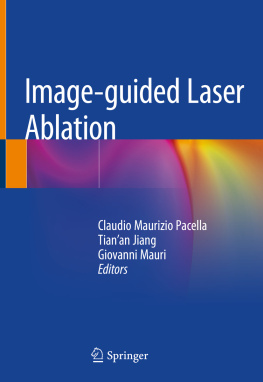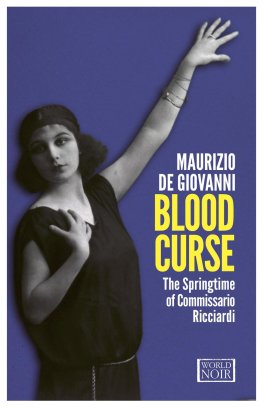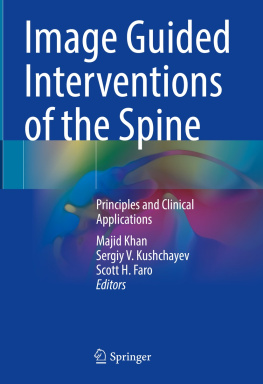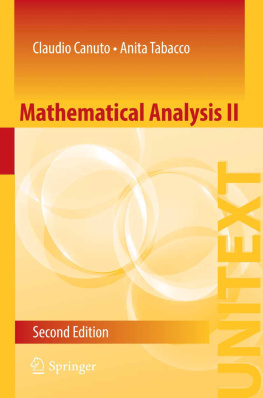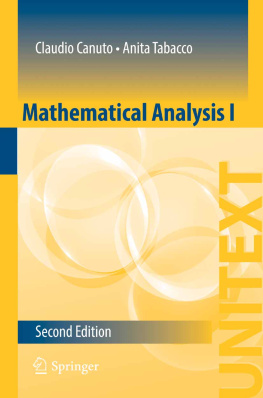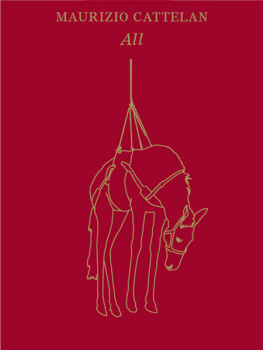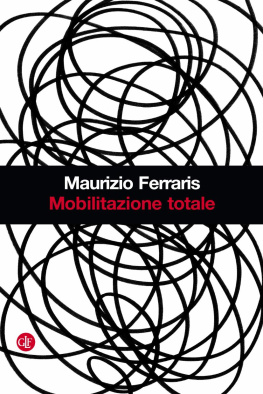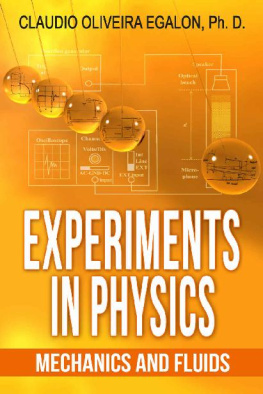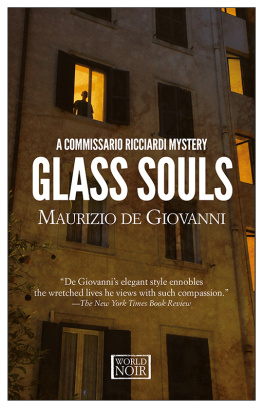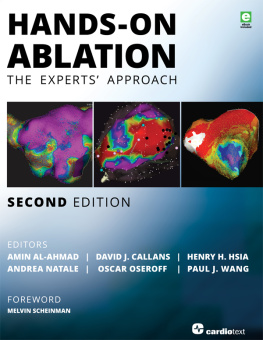Claudio Maurizio Pacella - Image-guided Laser Ablation
Here you can read online Claudio Maurizio Pacella - Image-guided Laser Ablation full text of the book (entire story) in english for free. Download pdf and epub, get meaning, cover and reviews about this ebook. year: 2020, publisher: Springer International Publishing, genre: Home and family. Description of the work, (preface) as well as reviews are available. Best literature library LitArk.com created for fans of good reading and offers a wide selection of genres:
Romance novel
Science fiction
Adventure
Detective
Science
History
Home and family
Prose
Art
Politics
Computer
Non-fiction
Religion
Business
Children
Humor
Choose a favorite category and find really read worthwhile books. Enjoy immersion in the world of imagination, feel the emotions of the characters or learn something new for yourself, make an fascinating discovery.
- Book:Image-guided Laser Ablation
- Author:
- Publisher:Springer International Publishing
- Genre:
- Year:2020
- Rating:4 / 5
- Favourites:Add to favourites
- Your mark:
- 80
- 1
- 2
- 3
- 4
- 5
Image-guided Laser Ablation: summary, description and annotation
We offer to read an annotation, description, summary or preface (depends on what the author of the book "Image-guided Laser Ablation" wrote himself). If you haven't found the necessary information about the book — write in the comments, we will try to find it.
Image-guided Laser Ablation — read online for free the complete book (whole text) full work
Below is the text of the book, divided by pages. System saving the place of the last page read, allows you to conveniently read the book "Image-guided Laser Ablation" online for free, without having to search again every time where you left off. Put a bookmark, and you can go to the page where you finished reading at any time.
Font size:
Interval:
Bookmark:
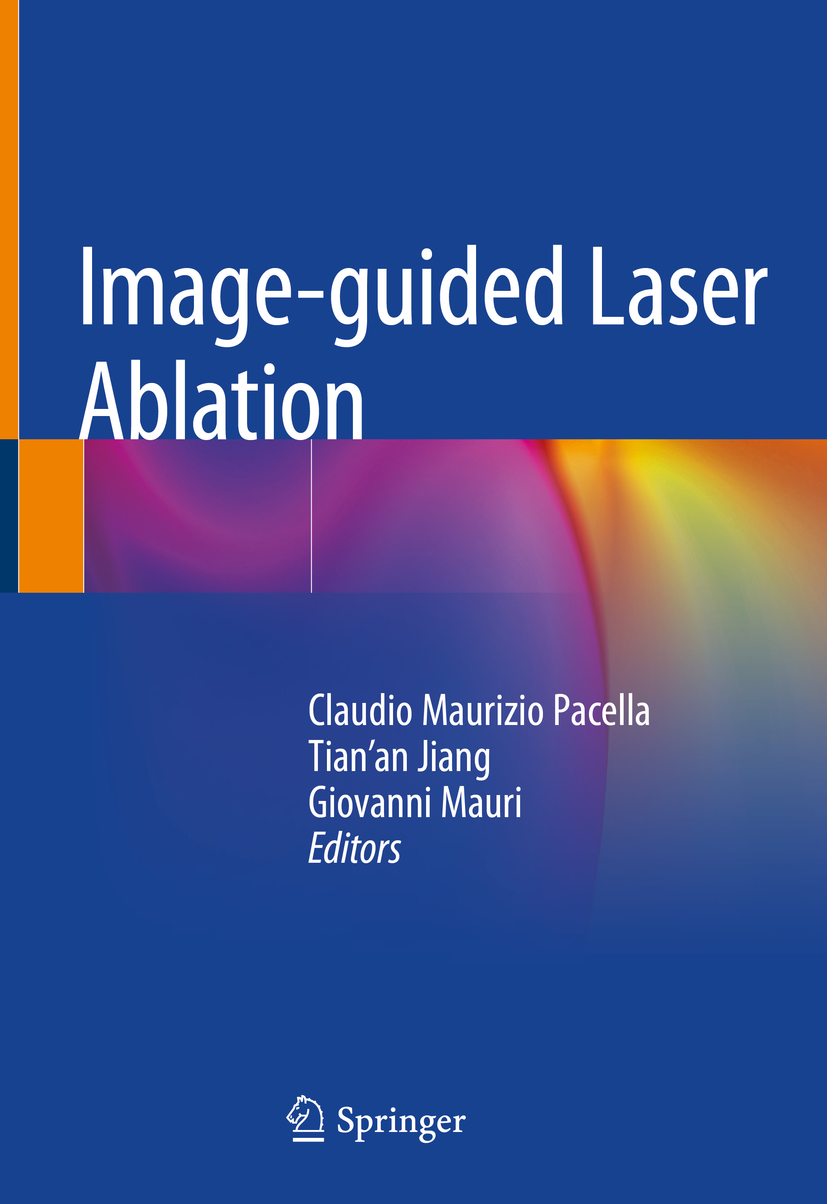

This Springer imprint is published by the registered company Springer Nature Switzerland AG
The registered company address is: Gewerbestrasse 11, 6330 Cham, Switzerland
My initial introduction to Claudio Pacella and his team was in 2005 when I visited his hospital near Rome to get a better understanding of the work that he was doing. As an associate editor of the Journal of Vascular and Interventional Radiology ( JVIR ), I had the pleasure of reviewing and commenting on his hepatic ablation article in the journal and was so impressed by his results in treating liver lesions that I booked a trip to Italy that year. Claudios team of physicians are incredibly talented and devoted, most importantly to patient care but also to the highly technical future of laser medical therapy, which remains a largely unrecognized alternative for the obliteration of various tumors at low risk and high success. I was able to experience several ablation procedures and, afterward, sat among Claudios team, listening to their stories and dreams. Amazingly, they asked me to discuss my experience with laser therapies, which I did (totally unrehearsed). It was a fulfilling afternoon of observing and engaging with an incredible team of clinicians. After leaving Italy, my team successfully initiated a laser ablation program for a variety of tumors culminating in local and national recognition on US television and news reports. With mentoring from Dr. Pacella and team, our Texas program is now robust with over 300 procedures performed to date. My team owes much of its success and drive to Dr. Pacella and his associates, and we continue to consult them frequently.
Dr. Pacellas book, like laser itself, is coherent in both time and locationhe provides us with current information regarding laser ablation of tissue while dividing his chapters into anatomic regions. This organization allows the reader to focus on the diseases relevant to them and obtain the latest information as to the technique and follow-up required for the treatments applied. While laser ablation (LA) for some circumstances is well-established (liver, lung, thyroid, brain), some newer indications are quite promising. LA with MRI guidance and MR thermometry is progressing rapidly in the United States as the initial treatment for low- to intermediate-risk prostate cancer and LA for pancreatic lesions, locally metastatic lymph nodes, and arteriovenous malformations seems to have a bright future. Endoscopic or endovascular laser procedures are ripe for development aided by non-traumatic delivery of a small-diameter fiber. Spinal cord tumors are particularly suited for the precise MRI-guided ablations as well as paraspinal nerve ablations for long-term pain reduction. I, like Claudio, believe that the possibilities are endless for such minimally invasive laser procedures.
I am confident that the reader will find this book highly informative as they begin or continue a path down the road of laser ablative procedures. The beginning chapters are especially important in providing the physician with a bedrock of basic knowledge regarding the physics of laser and the biology of energy-guided heat transfer in human tissue. Subsequent chapters provide specific information optimizing results for LA in a variety of locations.
As an interventional radiologist (IR), it is important to have a variety of ablative techniques in ones toolbox (microwave, radiofrequency, cryoablation, electroporation, focused ultrasound, and others). However, laser ablation is a particular technique with numerous advantages including MRI compatibility with real-time ablation monitoring, small probe diameter reducing complications of percutaneous insertion, and a poorly understood but real reduction in pain post-procedure.
As Claudio would surely agree, the addition of laser to the IR toolbox is a valuable one.
From the last decade of the last century to our days, we have witnessed an impetuous flowering of clinical applications supported by so-called minimally invasive therapies (MIT). Among the techniques that use heat to kill neoplastic cells, the technique based on laser light appears fast, precise, and relatively insensitive to tissues and, even if less diffused than other techniques, has been successfully applied for several different clinical applications. Particularly, laser ablation, due to its physical characteristics, allows achieving very precise and reproducible ablations and is extremely versatile in its possible applications. Thanks to the use of very thin applicators, with laser ablation, it is possible to tackle with great success and safety several lesions that are difficult to reach and/or close to vital structures in the various organs. Also, in cases where the clinical condition of the patient to be treated is compromised, laser ablation represents a very safe and effective treatment modality. On the other hand, with the possibility of applying multiple fibers simultaneously, it is possible to obtain large and shaped ablative areas.
To date, there is no ablative technique which has been proven to be better than the others and none that can be used effectively in all applications. For some applications, one or the other technique can be more effective or safe. Furthermore, each technique has specific technical characteristics, advantages, and limits. Similarly, patients may have some contraindications to some ablation techniques, and indication can differ according to tumors number, size, and site. It follows that, in our opinion, the choice should be based on the characteristics of the patient, tumor, and ablation techniques. Ideally, each center should have all the techniques available to move toward a tailored approach to thermal ablation, and operators should be familiar with all the available techniques.
Font size:
Interval:
Bookmark:
Similar books «Image-guided Laser Ablation»
Look at similar books to Image-guided Laser Ablation. We have selected literature similar in name and meaning in the hope of providing readers with more options to find new, interesting, not yet read works.
Discussion, reviews of the book Image-guided Laser Ablation and just readers' own opinions. Leave your comments, write what you think about the work, its meaning or the main characters. Specify what exactly you liked and what you didn't like, and why you think so.

